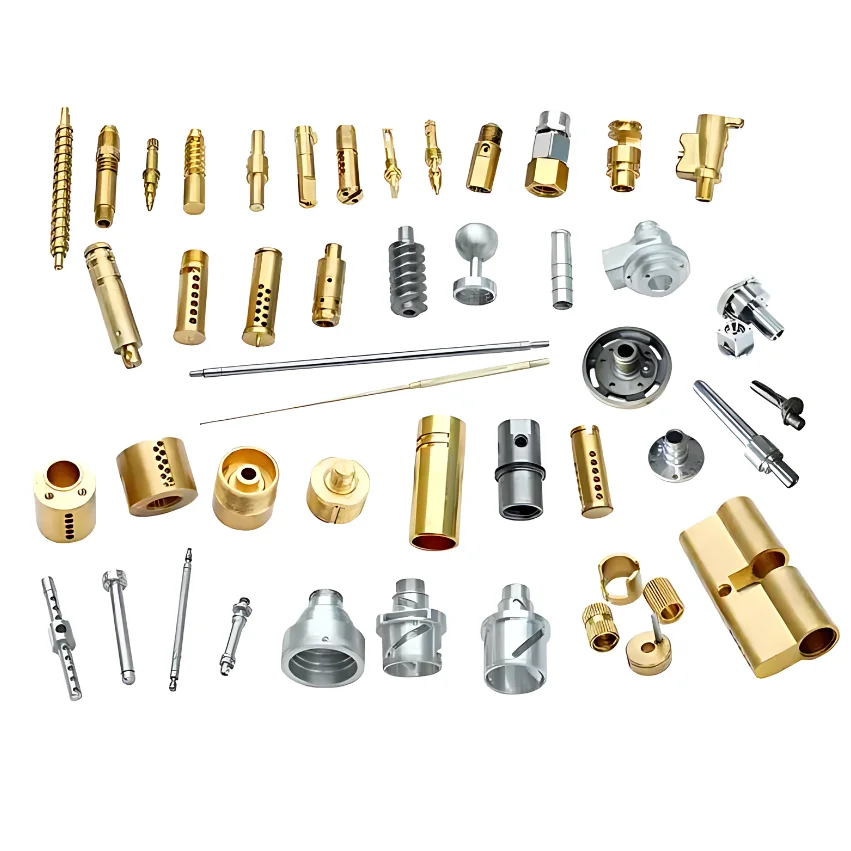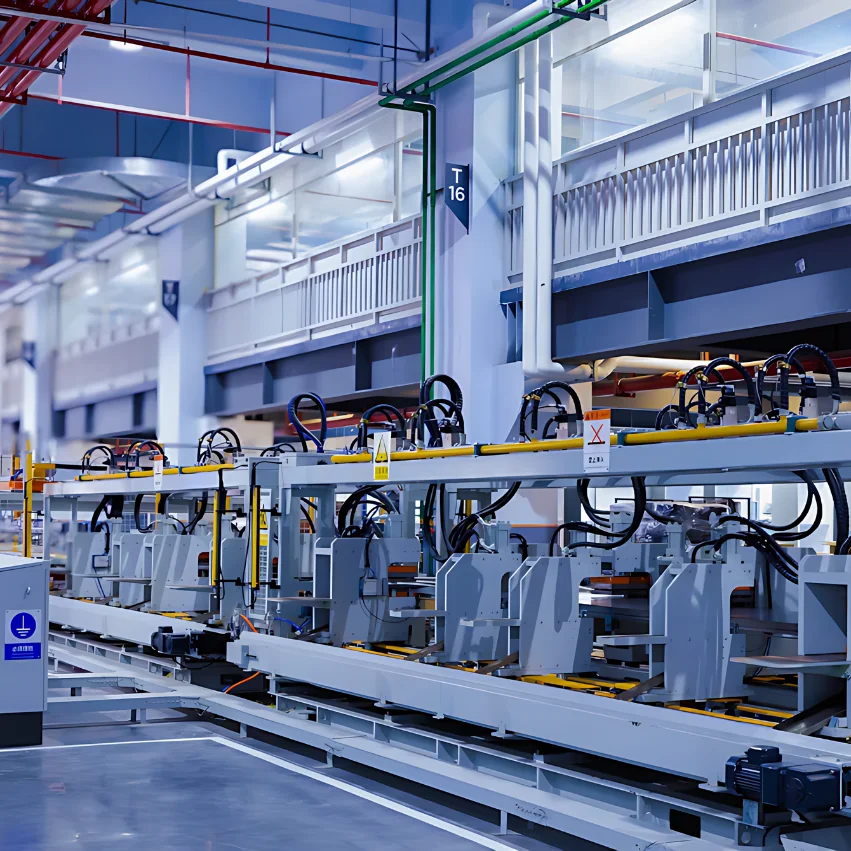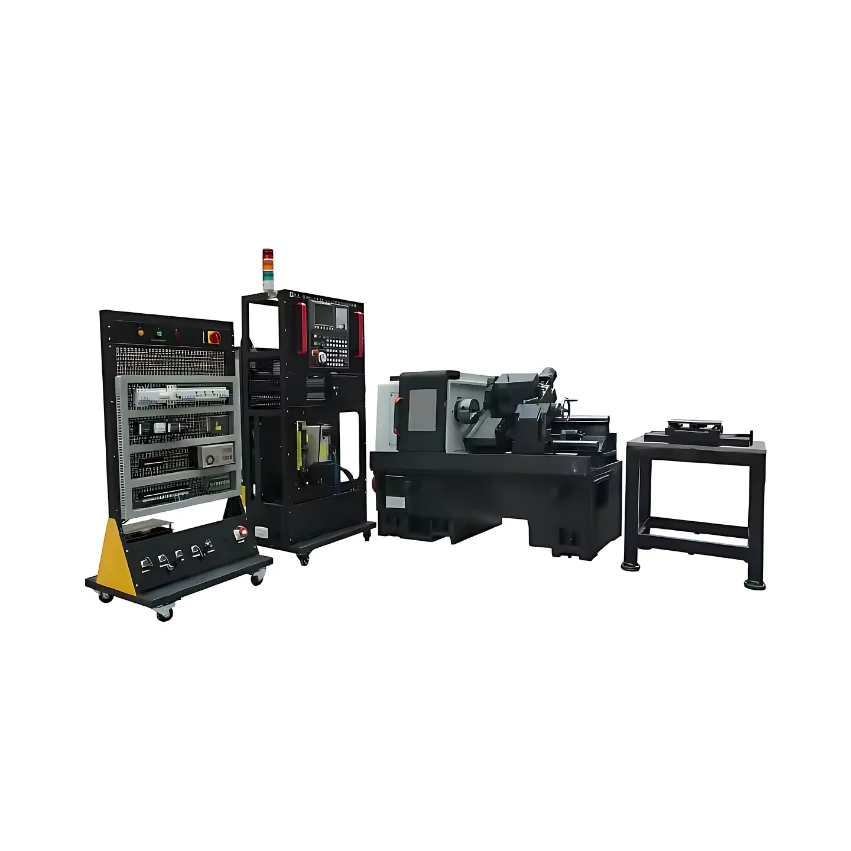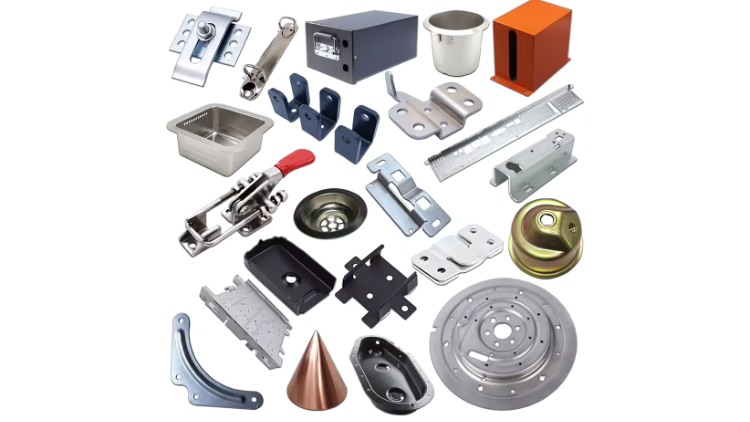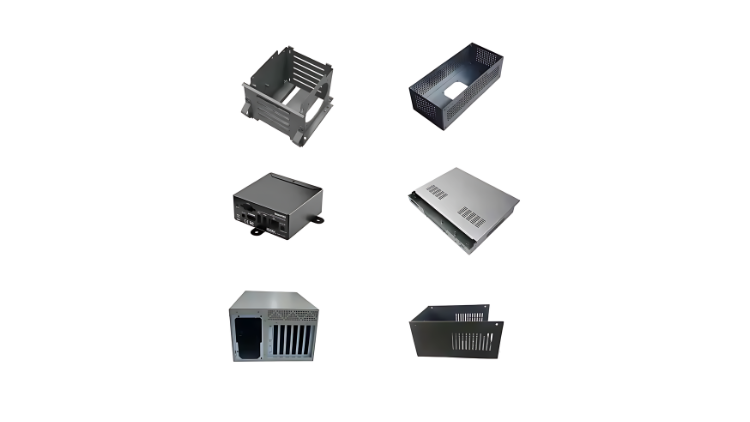In addition to our common types of fabrication such as stamping, cutting, and welding, keep reading and you will learn about the different types of fabrication and their manufacturing techniques in this article.
What is a Fabrication?
Fabrication transforms raw materials into finished products or components, a process metal fabricators drive using techniques like cutting, welding, and machining. They shape and assemble materials to meet specific designs and requirements, crucial in industries such as automotive, aerospace, construction, and electronics.
Types of Fabrication Processes
Read on, and by familiarizing yourself with the types of processing and their applications, you can choose the most appropriate techniques and materials for your project to ensure the best possible results.
Metal Processing Manufacturing
Metal manufacturing is widely used in many industries, including automotive, aerospace and construction. In these fields, various metallic materials such as steel, aluminum and copper are used to manufacture various structures and components. The main metal fabrication techniques include the following:
Cutting
Cutting tools remove unwanted parts from ferrous or non-ferrous metal workpieces to obtain the desired shape and size. Different types of finished metal products, such as diamond plates, corrugated metal plate, steel bars, and tubes, can also be cut using power tools or hand-held blades such as hacksaws, back saws, or top saws.
Welding
Welding is the joining of multiple pieces of metal together through heat and pressure. This technique is applicable to different types of metals and can produce components of various shapes and sizes. Two of the most common types are MIG (metal inert gas) welding and TIG (tungsten inert gas) welding, which are used in a variety of fields, including construction.
Bending
Transform flat metal into curved surfaces or different shapes by bending or folding the metal sheet to deform it. One of the most common methods is air bending, which involves minimal contact with the metal and is often used for processes such as ADS laser cutting, dimple folding or step bending. Air bending is simpler than other methods and does not require specialized tooling or embossing, making it widely used in sheet metal processing.
For more information, see the article: How to Bend Sheet Metal: A Step-by-Step Guide.
CNC Turning
CNC turning is a machining process that uses a computer numerical control (CNC) machine to shape a workpiece. In this process, the workpiece is secured on a rotating spindle while a tool moves along its axis, removing material to achieve the desired shape and size. CNC turning is commonly used to produce various metal and plastic parts, including bearings, threads, and pins.
Deep Drawing Stamping
Deep drawing stamping works by stretching or deepening a sheet metal or billet under the action of a die to form a desired three-dimensional shape or structure. This technique is commonly used to produce parts and components with deep concave or specialized shapes, such as automotive body parts, cabinet components, and others.
Metal Stamping
Metal stamping is the application of force to stamp or press metal sheets or blanks into specific shapes in a die to create a variety of parts and components. typically used to produce large quantities of metal parts.
Wood Processing Manufacturing
Woodworking manufacturing has been widely used in furniture, construction and cabinetry. It involves shaping and assembling wood to create structures that are practical and have an aesthetic appearance. Wood manufacturing techniques typically employed include:
Sawing
This first step involves cutting raw lumber into specific sizes and shapes using a sawmill. The process is fundamental for creating the basic building blocks needed for further woodworking.
Planing
After sawing, the wood often needs to be smoothed and made perfectly flat. This is done using a planer or planer-slicer, which shaves the wood to give it a uniform thickness and a smooth surface, preparing it for finishing touches or assembly.
Inlaying
This technique involves joining multiple pieces of wood together, often using different types or colors of wood to create a decorative pattern on the surface. Inlaying not only enhances the strength of the wood components but also adds unique aesthetic details.
Carving
Carving is used to add artistic elements to wood. Skilled craftsmen or automated CNC carving machines intricately sculpt the wood, creating detailed patterns or figures that elevate the visual appeal of the wood product.
Bonding
Wooden parts are often bonded together using strong adhesives or glue to form larger structures or composite wood products. This ensures that the wood pieces are securely fastened, increasing the durability and integrity of the final product.
Composite Manufacturing
Composite manufacturing mainly utilizes a variety of materials with different compositions to fuse the reinforcement with the resin matrix. Widely used in areas such as automobiles and sports equipment, common composite manufacturing techniques include:
Laminated Molding
Different types of materials, such as fiber-reinforced plastic (FRP) or carbon fiber, are mixed with resin, then laminated together and pressed into shape at high temperatures and pressures.
Injection Molding
By mixing thermoplastic resins with fibers or fillers, the mixture is then injected into a mold and processed to shape under high pressure.
Carbon Fiber Manufacturing
Carbon fibers are combined with resin and then formed into a composite material using methods such as compression or blow molding.
Plastics Manufacturing
Plastic manufacturing is mainly used in the production of packaging, electronics and various everyday consumer products. Products are manufactured using various types of plastics such as plastic bags, bottles, and even cell phone casings. Common plastic manufacturing techniques include:
Injection Molding
Injection molding heats plastic pellets under high pressure and injects them into a mold. After cooling and solidification, take out the finished product. Injection molding is used to produce plastic products of various sizes and shapes, including parts, containers and toys.
Blow Molding
The heated plastic particles are extruded into pipes, which are then blown through a mold to form the cavity part of the product, and finally cooled and solidified. Blow molding is commonly used to produce hollow containers, bottles and plastic tubes.
Hot Compression Molding (HCM)
Preheated plastic sheet is placed in a mold and pressed to shape under high pressure and temperature, suitable for producing plastic tableware, trays, etc.
CNC Milling
A CNC mill is a machining service that utilizes computer numerical control (CNC) machine control. A variety of shapes and features are created by cutting the workpiece surface with a rotating tool.
It is a type of milling machine; see the article “10 Types of Milling Machines” for more information on other different types of milling machines.
Does it Require Processing?
If you are in need of professional manufacturing services, please feel free to contact Shanghai Widetop Hardware Co.
With over 20 years of industry experience and an experienced team, we will support you at every stage of manufacturing, from the initial stages of product design to the delivery of the final product. Whether you need metal fabrication services, customized metal parts, or expert advice, we’re here to help.

